Feeding San Diego Responds to New Report Revealing Ten Million More Americans are Experiencing Food Insecurity
U.S. Department of Agriculture’s Household Food Security Report confirms it’s the largest one-year increase in food insecurity since 2008
The number of people living in food insecure households in the United States in 2022 increased to 44 million, including 13 million children, according to a report released yesterday by the U.S. Department of Agriculture (USDA). This is an increase of nearly 31% for all individuals and 44% for children from the previous year, the highest rate and number of individuals and children since 2014 and the largest one-year increase in food insecurity since 2008.
“As we’ve worked tirelessly to try to end hunger, this unfortunate increase comes as no surprise,” said Bob Kamensky, interim chief executive officer of Feeding San Diego. “As pandemic-era programs have ended amidst record inflation, it’s all added up to get us to where we are today. While the USDA has been working to help, it has not been enough for the hundreds of Feeding America partner food banks across the country working daily to support families in bringing meals home.”
Since the official end of the pandemic earlier this year, Feeding San Diego has been working to address the continued demand for its services in a time when donations have plunged and food and transportation costs have jumped. Emergency drive-through food distributions that had been supporting thousands of families had to be cut as the organization moved back to its agency supported model, delivering food to nearly 350 agency partners throughout the county for distribution while also operating direct service distributions. With a smaller budget, the amount of food that can be distributed has been impacted, and ultimately the number of meals that Feeding San Diego can distribute will go down. All this has been happening in tandem with what the USDA report now proves: that more people are experiencing food insecurity right now.
According to the USDA report:
- Food insecurity among single mothers was nearly 34%, an increase of 37% compared to 2021.
- Notably, food insecurity among households receiving SNAP benefits also increased, with nearly 47% reporting they experienced food insecurity.
- Food insecurity increased for Black, white, and Latino individuals. However, food insecurity rates continue to be higher for and disproportionately impact people of color, showing the effect of racial disparities on communities:
- Black individuals saw a 15% increase in food insecurity and were nearly 2.4 times more likely to face hunger than white individuals.
- Latino individuals saw a 29% increase in food insecurity and were 2.2 times more likely to face hunger than white individuals.
- White individuals saw a 43% increase in food insecurity in 2022.








